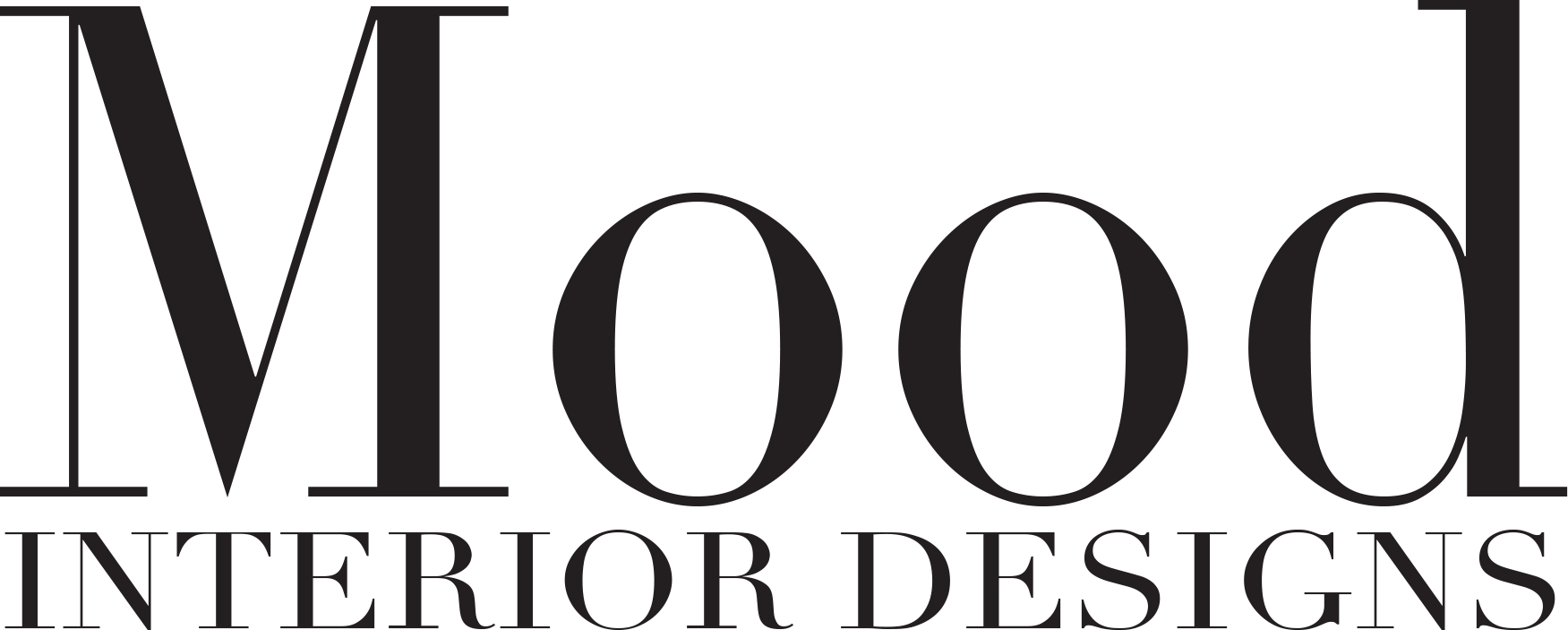
Mood Interior Designs is more than throw pillows and color palettes. Behind every beautiful space is a well-planned budget that factors in everything down to the lightbulb. While establishing a budget isn’t a particularly glamorous task, it is an important skill to master to achieve project profitability and company growth. Because if you didn’t know, most design firms are for-profit businesses – just like yours.
Growth strategies often include the goal to keep profitability consistent. Strangely enough, Mood accomplishes this by not charging design fees. Mood finds fees to be ambiguous at best, and often cause client confusion. We found ourselves explaining – excuse me – defending our fee structure which distracted and depreciated the service we provide. So, we did away with fees altogether in an attempt to help us all keep our eyes on the ball.
What is Mood’s growth and profitability strategy? One of Mood’s values is transparency – so here goes…
- Be a Strategic Partner. The cost of doing business with our clients has to make financial sense for both parties. We are committed to offering our holistic approach to design – acquisition due diligence, capital project planning to maximize ROI, incorporating brand strategy at the property level, in-house design services, and turn-key refresh – and enjoy working with clients who value the strategic business partnership.
- Increase our market share. Mood enters new markets in order to grow our business. This year we ventured into the Home Builder space – and I’m thrilled to say, this side of the business is thriving. We not only get to be of service to the marketing professionals – to help strategically market their models – we are meeting some hard working, inspired folks along the way.
- Introduce new products and services. Mood recently launched photography as a standard offering to our clients. We offer before and after photos of the space and simply ask our clients to tag us on any social media posts. We work with a national real estate photography agency – making this service available to all of our clients regardless of location – and do not upcharge for this service, i.e., we pass along cost.
- Simplify the Pricing Structure. Contrary to popular opinion, project sales alone do not drive profitable growth. That is only one part of the equation. Mood’s ability to manage production and operating costs is the other part. We look beyond the revenues to evaluate our business’s profitability. Turns out, margins are the yardstick of profitability. Mood leverages our vendor partnerships and no less than 50% of any discount Mood receives is passed on to our clients (psst – this is the how you save and how we make money part). For example:
- Vendor A offers Mood a 60% discount on the manufacturer’s suggested retail price (MSRP) of a sofa that retails at $5,000 – that’s a $3,000 discount.
- Mood’s cost for that sofa is $2,000 ($5,000 – 3,000).
- Mood shares 50% of the discount with the client, selling the sofa for $3,500 – saving the client $1,500 off MSRP.
Unbeknownst to the masses, an interior designer’s job is to protect and enhance the health, life safety, and welfare of the public. By establishing and maintaining a healthy business practice, Mood believes we are being of maximum service to our clients. Should your company need design services, I invite you to reach out to me directly.
Lori Ann Dinkins
President, Mood Interior Designs
ldinkins@moodinteriordesigns.com
